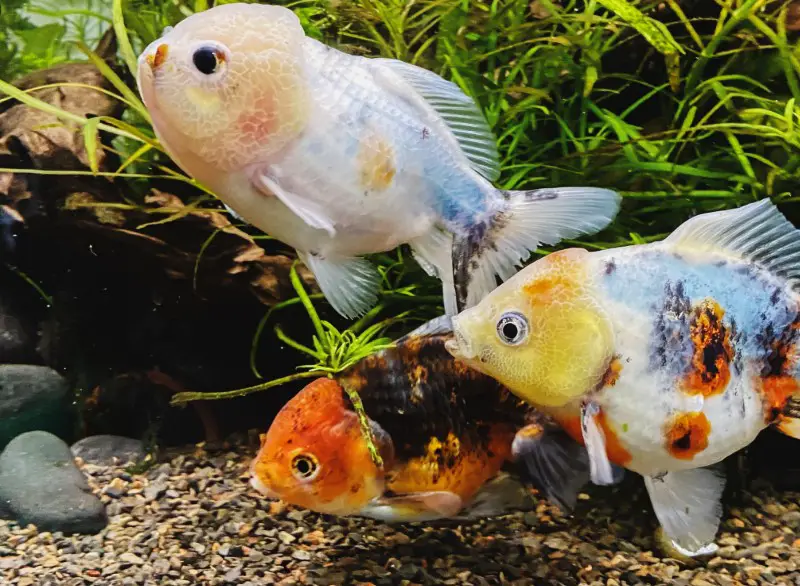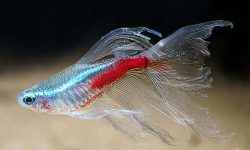Fish are some of the most fascinating creatures in the world, known for their diverse forms, behaviors, and habitats. Whether you’re gazing at a school of fish moving synchronously through clear waters or observing a more casual shoal, one question that often arises is: What’s a group of fish called? While many people might use the generic term “group of fish,” the reality is that the world of fish gatherings is more nuanced than it first appears.
In this article, we will explore the terms used to describe different types of fish groups, the reasons why fish form these groups, and the importance of such gatherings for their survival.
Understanding the Basic Terminology of Fish Groups
What Is a Group of Fish Called?

At first glance, a group of fish might simply be referred to as a “school” or “shoal.” However, the difference between the two is significant and stems from the behavior exhibited by the fish. These terms are often used interchangeably by the general public, but their true meaning can shed light on the fascinating social dynamics of fish.
-
School: A school of fish refers to a highly organized group in which all individuals swim in a synchronized, coordinated manner. Fish in a school generally move as one unit, with all individuals following a precise pattern. The school’s coordination is typically so tight that it often appears as a single, fluid entity in the water. This behavior is typically exhibited by species that swim together for protection or hunting, such as herring, sardines, or anchovies. Schools usually consist of the same species, similar sizes, and often the same age group, which allows for better synchronization in movement.
-
Shoal: In contrast, a shoal of fish can refer to any loosely gathered group of fish. The members of a shoal do not necessarily exhibit synchronized swimming. Instead, they may gather for protection, feeding, or social purposes. Shoals are less structured than schools and may include different species, varying sizes, and different ages of fish. Although not moving in perfect harmony, the shoal still provides benefits like protection from predators and easier access to food.
Though both schools and shoals refer to fish groups, understanding the difference in behavior adds depth to our understanding of their roles in nature.
Other Terminology Used for Fish Groups
Beyond “school” and “shoal,” there are additional terms that describe specific types of fish gatherings based on their behavior or purpose:
-
Herd: Sometimes, the term “herd” is used to describe a large group of fish, especially those in open water or coral reefs. Unlike a school, where fish are tightly coordinated, a herd is more loosely formed. These fish still come together for specific reasons, such as seeking food or safety, but they do not exhibit the same level of synchronization.
-
Cluster: This term is used to describe a gathering of fish in a specific area, such as near a food source or coral structure. Unlike a school, fish in a cluster are not necessarily moving together as a unit but are still in close proximity to one another. A cluster is often temporary and can form around a point of interest.
-
Pod: While “pod” is often associated with mammals like whales and dolphins, some marine species of fish also form pods. These pods usually involve close-knit groups, often centered around family units or for reproductive purposes. The term can refer to both fish and mammals when the group is particularly tight-knit.
Understanding these different terms provides a more precise view of the many ways in which fish interact and group together.
Why Do Fish Swim in Groups?
Fish do not randomly form schools or shoals. The decision to gather in groups is driven by instinct and evolutionary advantage. There are several compelling reasons why fish prefer to swim in groups:
Protection from Predators
One of the most significant benefits of swimming in groups is protection from predators. Fish that swim alone are much easier targets for larger predators. When fish gather in large numbers, it becomes more difficult for predators to focus on a single individual. In schools, the sudden coordinated movement can confuse predators, making it harder for them to attack a single fish. This collective movement creates an effect known as the “confusion effect,” where the predator struggles to choose a specific target.
In a shoal, even though the fish may not be as coordinated as a school, the sheer number of individuals in the group still increases the chances of survival. The presence of many individuals creates a sense of security and makes it harder for predators to isolate a single fish from the group.
Increased Feeding Opportunities
Fish that swim together often find it easier to locate food. Schools of fish, in particular, can hunt together to herd smaller prey, such as plankton or smaller fish, into tight clusters, making it easier to catch them. This cooperative feeding strategy is seen in several species, including herring and sardines, which use the school’s coordinated movement to trap food more efficiently.
Shoals can also improve feeding opportunities. While they may not work together in such a highly organized manner, the aggregation of fish in one area increases the chances of finding food. In some cases, fish in a shoal may share the same feeding grounds, making the process of finding and consuming food less competitive.
Social Interaction and Reproductive Benefits
Fish are social animals, and many species form groups to interact with one another. Social behaviors, such as communication through body language or chemical signals, are essential for many species of fish. In groups, fish can engage in social activities that reduce stress and help build relationships within the community. These interactions can play a vital role in maintaining the health of the group and the survival of its members.
Fish also form groups for reproductive purposes. During spawning, many species of fish aggregate in large numbers to increase the chances of successful reproduction. A larger group ensures that there are more potential mates, and synchronizing the spawning process allows for a higher probability of fertilization.
The Difference Between a School and a Shoal
While both terms describe groups of fish, schools and shoals differ in how the fish behave within the group. The key differences lie in their coordination, composition, and purpose.
Characteristics of a School
-
Synchronized Movement: Fish in a school swim in the same direction and at the same speed. This synchronized movement is highly coordinated and can sometimes appear as a single unit.
-
Species and Size Similarity: Schools are generally made up of fish from the same species, of similar sizes, and sometimes the same age group. This uniformity helps them stay in formation.
-
Predator Evasion: One of the main benefits of schooling is predator evasion. The coordinated movement confuses predators and reduces the likelihood of a single fish being targeted.
Characteristics of a Shoal
-
Loose Organization: Shoals do not exhibit the same level of coordination as schools. While the fish stay together in a group, their movements are less synchronized, and they may be spread out within a larger area.
-
Diverse Composition: A shoal can consist of fish from different species, sizes, and ages. This diversity allows for a more relaxed group structure.
-
Social Interaction: Shoals are often formed for social purposes, such as feeding, protection, or mating. Fish in a shoal still benefit from the group’s collective presence, even if they don’t exhibit the same level of coordination as those in a school.
Fish Species Known for Forming Schools or Shoals
Several species of fish are known for their tendency to form schools or shoals. Here are some examples:
Sardines
Sardines are renowned for their ability to form massive schools that can span several kilometers. These schools are tightly packed, often containing millions of fish. Sardines use their school structure primarily for protection from predators such as tuna and sharks. The school’s dense formation makes it difficult for predators to focus on a single fish, and the fish’s synchronized movement confuses potential threats.
Herring
Herring are another species that form large, coordinated schools. These schools move in unison, creating mesmerizing displays as they swim together. Like sardines, herring use their schools to protect themselves from predators and to efficiently capture prey. Herring schools are often found in open waters and are vital to the marine food web.
Anchovies
Anchovies are small fish that form dense schools, often in coastal waters. They are preyed upon by a variety of larger predators, which makes the protection provided by schooling essential to their survival. Anchovies, like herring and sardines, use their schools to herd small plankton and other organisms into tight clusters for easier feeding.
Salmon
Salmon may not always form schools, but during their spawning season, they aggregate in large numbers in rivers. This gathering serves both social and reproductive purposes. By swimming together, salmon can increase their chances of finding mates and protect each other during their journey through the river.
Conclusion: The Significance of Fish Groups
A group of fish is more than just a collection of individuals swimming in the same direction. It is a dynamic system that plays a critical role in the survival and well-being of the species. Whether it’s a school, a shoal, or a herd, fish form groups for protection, food, and social interaction. Understanding the differences between these groups and the reasons behind their behavior enhances our appreciation for the complexity of the aquatic world. Next time you see a group of fish in the water, you’ll know exactly what to call them—and why they gather in such remarkable ways.






